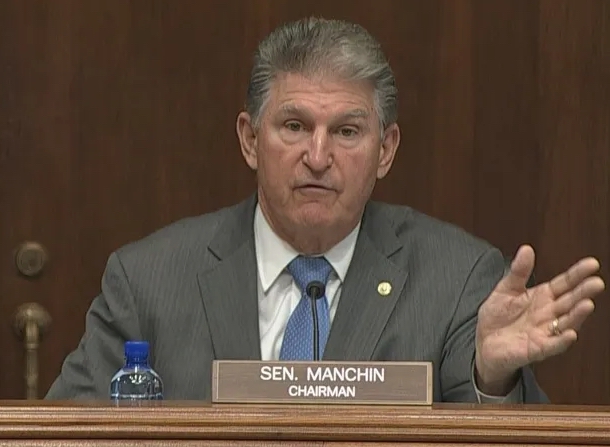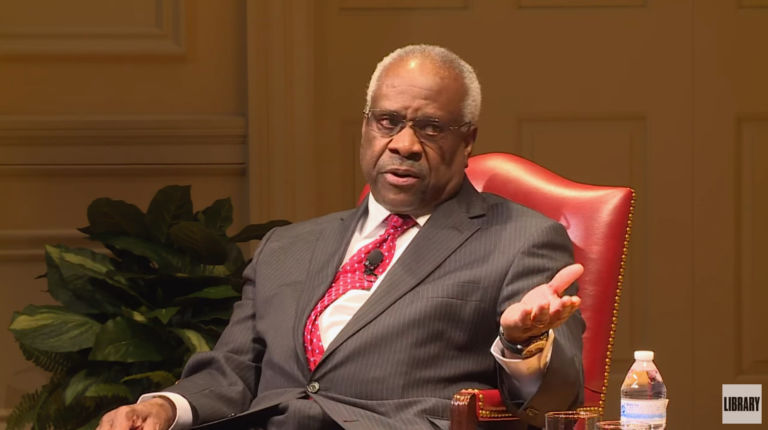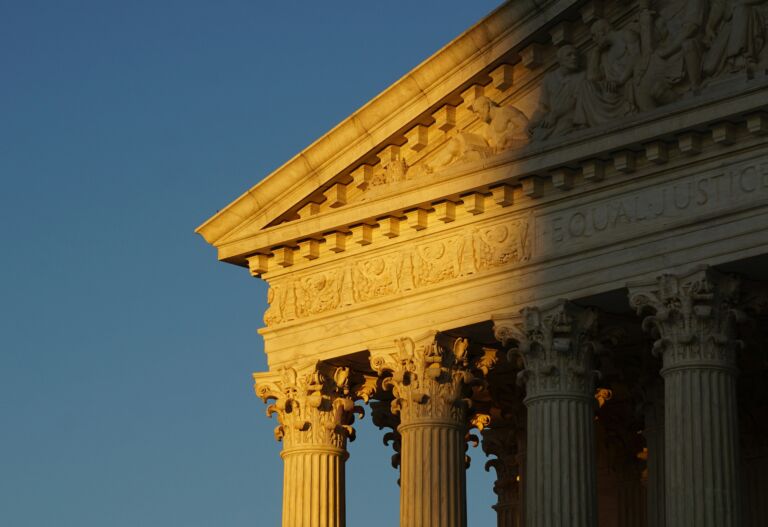Matthew Vadum writes for the Epoch Times about lesser-reported aspects of the U.S. Supreme Court’s latest Second Amendment protection.
The Supreme Court followed up its June 23 landmark ruling that for the first time recognized a constitutional right to carry firearms in public for self-defense, by issuing a series of rulings June 30 reversing federal appeals court decisions that upheld gun restrictions in California, New Jersey, Maryland, and Hawaii.
Courts will find it difficult to uphold the firearms laws in question after the high court’s June 30 and June 23 rulings.
In unsigned orders, all four cases were remanded June 30 to lower courts “for further consideration in light of” the Supreme Court’s June 23 decision in New York State Rifle and Pistol Association v. Bruen. In that 6–3 ruling, the high court invalidated New York state’s tough concealed-carry gun permitting system.
The Second Amendment to the U.S. Constitution states: “A well regulated Militia, being necessary to the security of a free State, the right of the people to keep and bear Arms, shall not be infringed.”
The Supreme Court has been strengthening Second Amendment protections in recent years. In District of Columbia v. Heller (2008), the Supreme Court held the amendment protects “the individual right to possess and carry weapons in case of confrontation,” and in McDonald v. City of Chicago (2010), that this right “is fully applicable to the States.”
It makes no sense to recognize Americans’ right to defend themselves in their homes while denying them the ability to defend themselves outside their homes, Justice Clarence Thomas wrote June 23 in the court’s majority opinion.
“After all, the Second Amendment guarantees an ‘individual right to possess and carry weapons in case of confrontation,’ and confrontation can surely take place outside the home. … Many Americans hazard greater danger outside the home than in it,” Thomas wrote.


